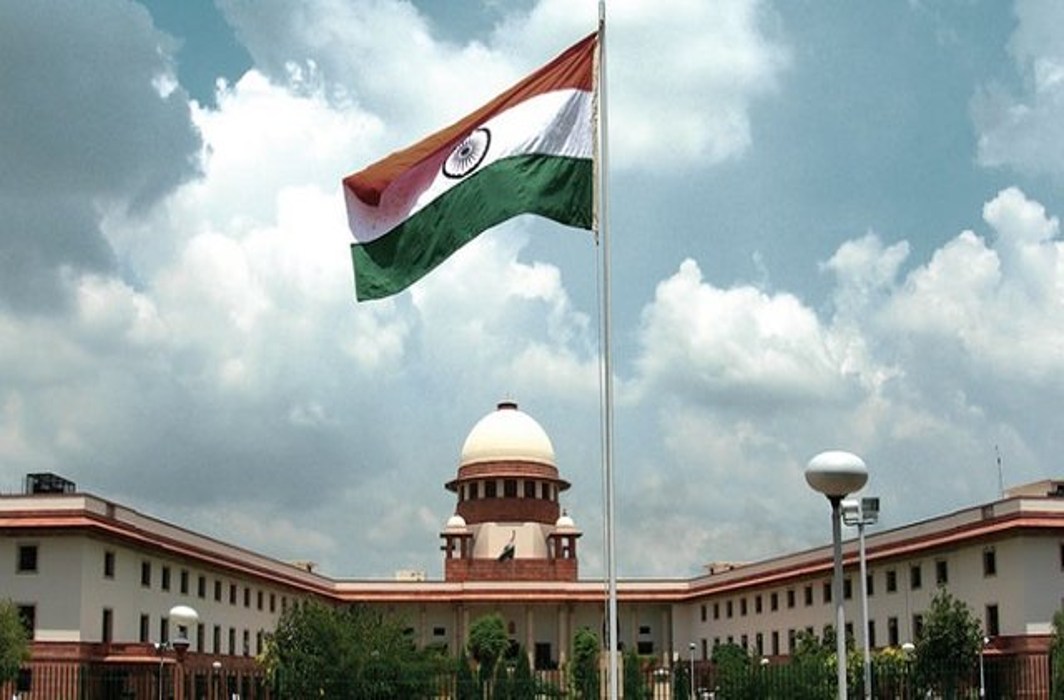The recent killing of the African American man named George Floyd by a police officer in the city of Minneapolis, in such a grotesque manner sent shockwaves throughout the world, where the entire world condemned the horrific act. This incident led to several protests in the United States, calling for an end to systematic and institutionalised discrimination present against the African American community. This incident led to renewed debates in the United States concerning police accountability, and the due process in arresting a person accused of a crime, and the legal framework in which police officers have to conduct themselves in.
![Floyd was laid off when Minnesota shut down restaurants as part of a stay-at-home order due to the coronavirus pandemic [Adam Berry/Getty Images]](https://www.aljazeera.com/mritems/imagecache/mbdxxlarge/mritems/Images/2020/5/31/126fc46c83ae4d71b837f22c720d0041_18.jpg)
However, while many Indians, like the rest of the world, were undoubtedly shocked by this incident, several incidents of such extra-judicial killings by police officers occur in India every year as well. These extra-judicial killings in India are more commonly known as “police encounters”. While such encounters probably not carried out in such a grotesque manner, as in the case of George Floyd, it is essential to realise that this problem exists in India as well. The police in India are commissioned under the Police Act of 1861. Subsequently, every state may enact its laws for the state police, for law and order is a state subject under the Indian constitution. Naturally, The Standard operating procedures (SOP) of police of different states may also be different. However, the core duties of a police officer, enumerated under the Police Act is:
“to prevent the commission of offences and public nuisances; to detect and bring offenders to justice and to apprehend all persons whom he is legally authorized to apprehend, and for whose apprehension sufficient ground exists.”
While bringing the accused to justice is what every police officer is legally bound to do, it may not always be the case, as in some cases the policemen may choose to engage in “Instant Justice”, where, in some cases, a police officer may choose to kill the accused, which goes against the fundamental duty envisioned for police conduct. There have been some famous cases of police encounters in India, with the recent example of the Hyderabad veterinarian’s case, where the accused were all shot by the police officers in an encounter, which was even celebrated by the public. While it may be justifiable from the public’s point of view, who may view judicial proceedings as cumbersome and lengthy, and prefer such a form of “instant justice”, the institutions of the judiciary must be respected. The due process of law should be followed, to ensure oversight and the fact that innocents aren’t treated as guilty before it is proven in a court of law.

While the due process of law should be followed at all times, in some situations such encounters may become inevitable, owing to the dangerous conditions of their jobs. However, a certain level of oversight is required. In order to regulate such acts of Extrajudicial killing, or “encounter”, there is a definite precedent which the Supreme Court laid down in the case of People’s Union of Civil Liberties Vs the State of Maharashtra, 2014. The court stated that the primary function of the police is to bring the accused in custody, and not to “liquidate” criminals on the spot. While certain exceptions are given to the police in cases of self- defence, as is warranted by their job, it is something that should only be used in the last case scenario.
This case has laid down a stringent protocol to be followed in cases of police encounters, wherein in such cases the accused, should be immediately be taken to the hospital, in case there are chances of survival. The guidelines also state that a post-mortem should be conducted as soon as possible. An internal enquiry by a superintendent, as well as a judicial enquiry by a magistrate should be done, and appropriate forensic evidence should be collected and preserved. The family member of the deceased should be informed as soon as possible. And information of such cases should be periodically sent to the NHRC. Use of force by police officers can be used only in a very limited manner, in cases of self-defence, or any other cases where such a use of force was warranted. If in the course of such investigations it is revealed that such an encounter was unjustified, then appropriate criminal action should be immediately be taken against the accused officer.
According to the National Human rights Commission, a media report stated that there were alleged “1782” Fake cases of police encounters that have taken place from 2000 to 2017. While this is a terrifying thought, Knowing that such procedures exist is reassuring and should be known by everyone, and all police officers should ensure they follow such rules and regulations, and with increased accountability and checks and balances established, we can hope to improve upon existing conditions.
Note- Encounter deaths are different from custodial deaths. While both can be technically classified as an extra-judicial killing, this article is primarily focussed on the Former. Custodial deaths and violence are governed by the guidelines laid down in DK. Basu v Union of India, which has outlawed any form of custodial deaths occurring due to actions taken by police officers.